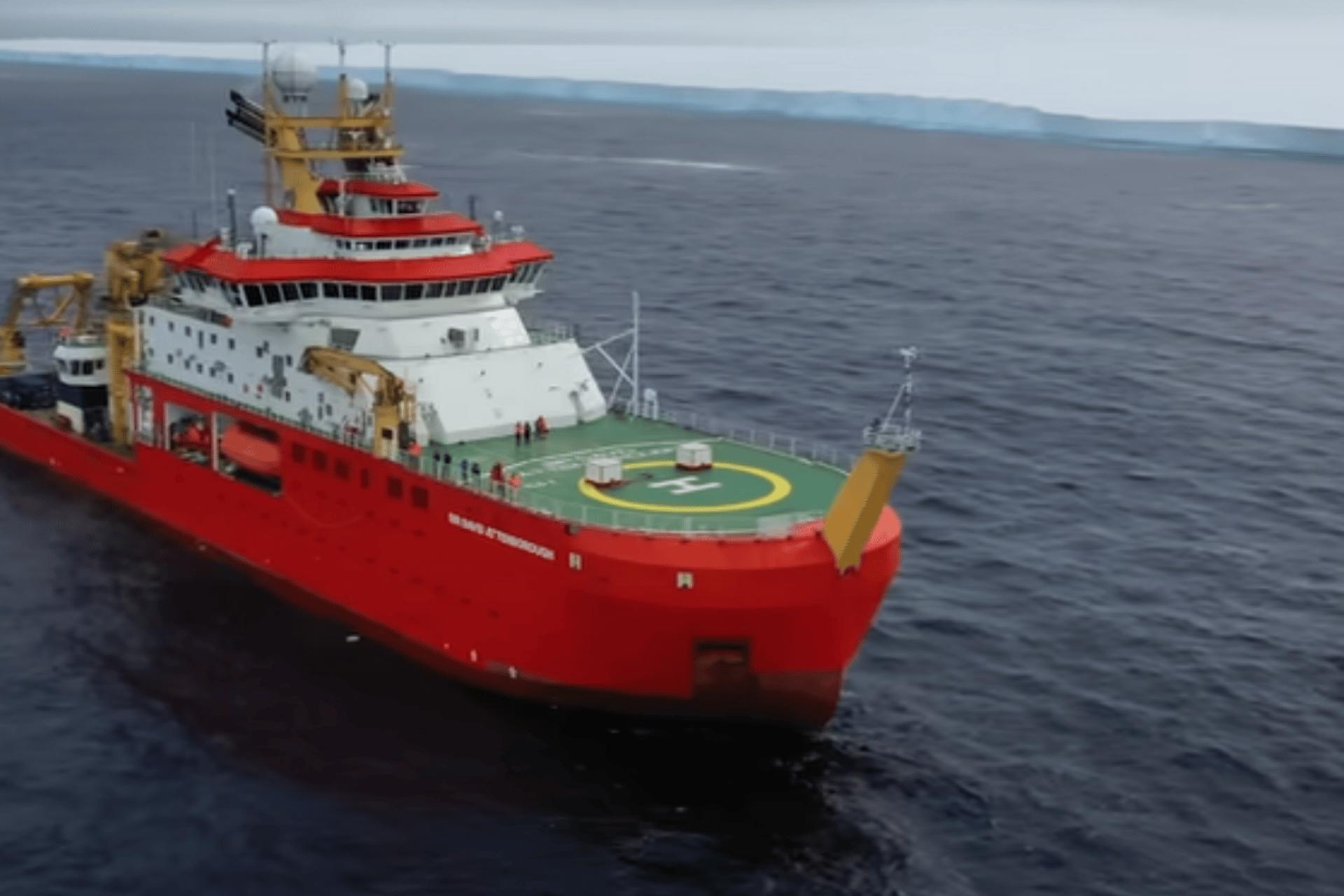This post was originally published on Sustainability Times
Source: Sustainability Times
| IN A NUTSHELL |
|
The journey of A23a, the world’s oldest and largest iceberg, presents a fascinating tale of nature’s dynamic processes and the unpredictable paths they carve. With its recent escape from a watery trap near the South Orkney Islands, A23a embarks on a northward drift that captures both scientific and public interest. This massive iceberg, a relic from the Filchner Ice Shelf, offers insights into the complex interplay between ice, ocean currents, and ecosystems. As it continues its journey, A23a serves as a powerful reminder of the transient yet impactful nature of icebergs in our world’s oceans.
The Majestic Yet Fleeting Nature of Icebergs
Icebergs, despite their grandeur and imposing presence, are ephemeral entities. Once they separate from the glaciers that birth them, they embark on a journey toward warmer latitudes, where they eventually break apart and melt away. This transient existence makes the labels of “largest” or “oldest” subjective and fleeting. While A23a currently holds the title of the world’s oldest and largest iceberg, history records others like B-15 and A-68 that have eclipsed it in size.
“Scientists stunned” – These giant zombie plants are thriving and spreading in extreme climate chaos
Nevertheless, A23a’s current status as the largest and oldest iceberg is significant. It covers an impressive area of 1,500 square miles (3,900 square kilometers), equivalent to twice the size of Greater London. Weighing an estimated trillion tonnes, comparable to 250 billion African elephants, A23a is a colossal presence in the Antarctic waters. Its journey from the Filchner Ice Shelf in 1986 to its recent liberation from the Weddell Sea underscores the dynamic nature of icebergs and their influence on global marine systems.
The Unexpected Encounter with a Taylor Column
A23a’s journey took an intriguing turn in April 2024 when it encountered a Taylor Column, a fascinating oceanographic phenomenon. This rotating column of water, formed above undersea mountains, trapped A23a in a swirling maelstrom for months. Its erratic movements, captured through satellite imagery, demonstrated the powerful forces of nature at play beneath the ocean’s surface.
Breaking free from this turbulent entrapment, A23a now drifts toward the sub-Antarctic island of South Georgia. This journey highlights the unpredictable paths icebergs may take and the intricate dance between ice, water currents, and geographical features. As A23a navigates these waters, it provides scientists with a unique opportunity to study the interactions between icebergs and the marine environment, offering insights into the broader implications of such phenomena on global ecosystems.
The Ecological Impact of A23a’s Journey
A23a’s journey is not just a spectacle of nature; it carries significant ecological implications. As icebergs like A23a melt, they release mineral nutrients and vast amounts of fresh water into the ocean. While this can stimulate marine productivity in open seas, it also poses potential threats when these ice giants approach land masses. If A23a were to run aground near South Georgia, it could disrupt seabeds and overwhelm local ecosystems with fresh water influxes.
Laura Taylor, a biogeochemist with the British Antarctic Survey, underscores the importance of understanding these impacts. The 2023 BIOPOLE cruise aimed to study the effects of ice sheets on marine environments. By analyzing ocean surface waters along A23a’s route, researchers hope to unravel the iceberg’s influence on marine life and its role in the carbon cycle. Such insights could prove invaluable in predicting future interactions between icebergs and their surrounding ecosystems.
Tracking Icebergs: A Scientific and Environmental Imperative
The movement and impact of icebergs like A23a hold more than just scientific interest. Monitoring these giants is essential for understanding their contribution to nutrient cycles and the delicate balance of marine ecosystems. Giant icebergs can create thriving ecosystems by providing nutrients to otherwise barren waters, but their potential to disrupt local environments makes tracking them crucial.
The journey of A23a offers a unique opportunity for researchers to study how such icebergs influence oceanic processes and global climate dynamics. By examining the life that forms around A23a and its impact on carbon balances, scientists can gain insights into the broader implications of iceberg movements. This knowledge is vital as we navigate the complexities of climate change and its effects on our planet’s oceans.
The journey of A23a, from its calving in the icy Antarctic to its current northward drift, serves as a powerful testament to the dynamic nature of our planet’s oceans. As scientists continue to study its path and impact, A23a offers invaluable insights into the intricate connections between ice, water, and ecosystems. How will future iceberg journeys reshape our understanding of oceanic processes and their role in global climate systems?
The post “Colossal ice behemoth on the move”: This massive iceberg, larger than New York City, breaks free, captivating scientists worldwide appeared first on Sustainability Times.


 A23a, the world’s oldest and largest iceberg, has broken free from its icy trap and is drifting northward.
A23a, the world’s oldest and largest iceberg, has broken free from its icy trap and is drifting northward. Encountering a Taylor Column, an oceanographic phenomenon, A23a was trapped in a swirling maelstrom before breaking free.
Encountering a Taylor Column, an oceanographic phenomenon, A23a was trapped in a swirling maelstrom before breaking free. The iceberg’s journey releases crucial mineral nutrients and fresh water, impacting marine ecosystems both positively and negatively.
The iceberg’s journey releases crucial mineral nutrients and fresh water, impacting marine ecosystems both positively and negatively. Scientists are closely monitoring A23a to study its ecological impact and the broader implications for global climate systems.
Scientists are closely monitoring A23a to study its ecological impact and the broader implications for global climate systems.


0 Comments